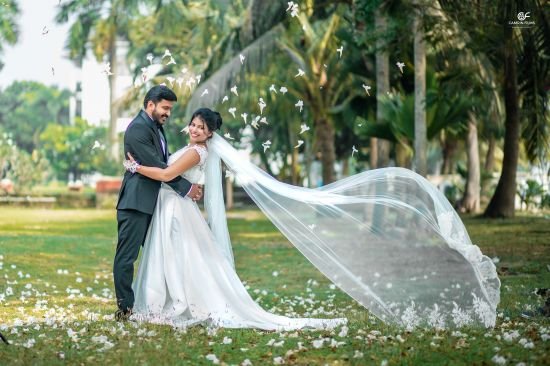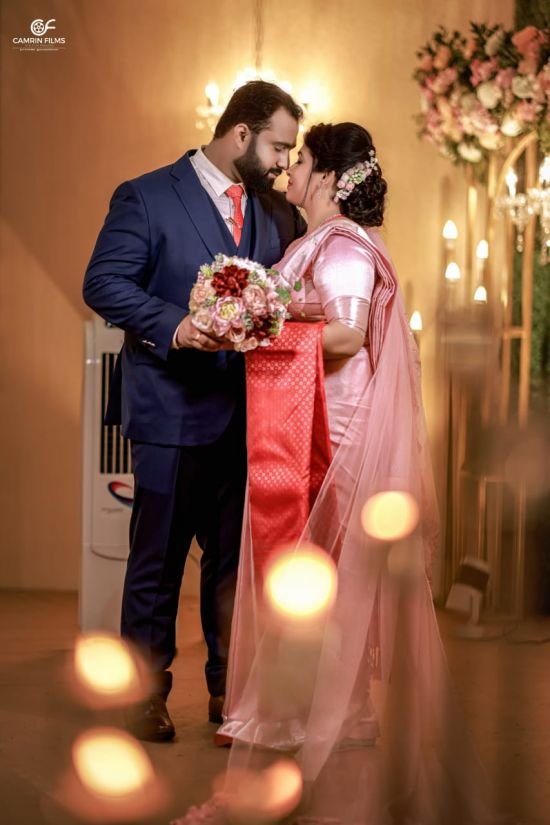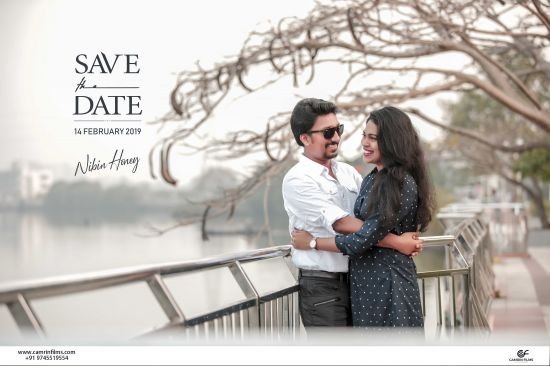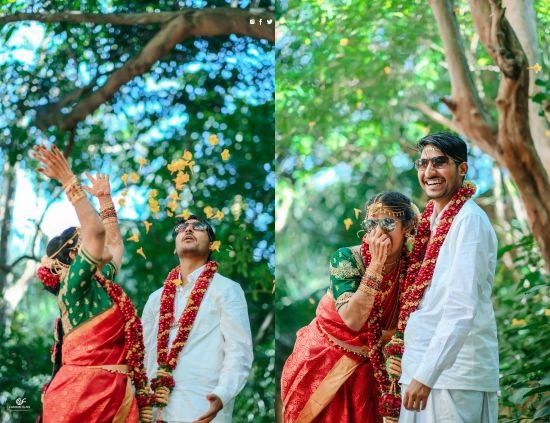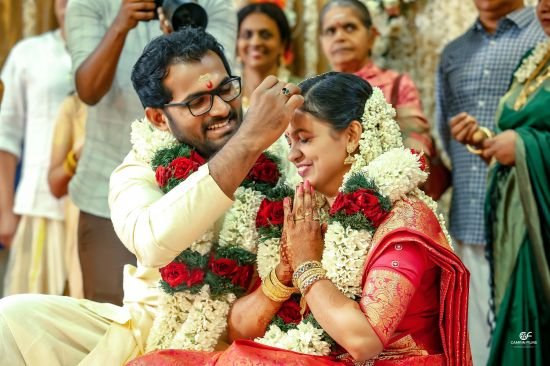Vidai Ceremony
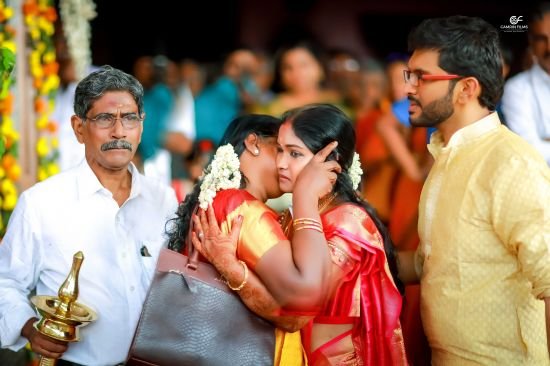
In India, Vidaai is a put up wedding ceremony, which takes area after the marriage rituals are completed. Because of this after the seven pheras and kanyadaan this is the most important ritual that takes place. At some stage in the vidai ceremony the bride is followed via her parents and associates, which lead her out of doors your step of the residence. Before crossing the doorstep, she throws back 3 handfuls of rice and coins over her head, into the house. This symbolizes that the bride is repaying her parents for all that they have got given her thus far.
Our Unique Features
- Bridel photoshoots
- Family photoshoots
- Freinds and Relatives photoshoots
- Candid photoshoots
- Full function photoshoots
- Close Up
- Long Shot
- Extreme Long Shot
- Two Shot
- Three Shot
- Pov Shot
- Eye Level
- low Angle
- High Angle
- Top Angle
- OTS(Over The Shoulders)
- Pan and Tilt
- Track, Dolly or Crane
- Zoom
- Random Motion
- 360-Degree
- Dolly Zoom(Vertigo) Shot
- Single Take
Nair is one of the upper caste called Kshatriya in the state of Kerala. Nair weddings are carried out in the traditional way. Niar weddings are short, sweet and simple with some modern elements defined by NSS. The wedding ceremony starts with Nishchayam when the two families agree upon fr marriage. Nischayam is simply the engagement that was not traditional. This was adopted from Tami brahmin community. What is been done during the Nishchayam is elders from the family of both bride and groom giving each other signed letters agreeing to marriage in the presence of a senior Karayogam member. after that follows announcing the date by Karayogam member and exchange of engagement rings. In Palakkad and some places of Trivandrum apart from the following customs they do exchange Nischaya Thamboolam, which contains horoscopes of bride and groom as well as a declaration paper that carries date and time of wedding along with coconut, silk, fowers.
It is the capital of the Bay of Bengal in the eastern part of the state of Tamil Nadu. It is in the Fort of St. George that was built in 1644. Now known as Madras, the British Army Garcian has now exhibited a museum that is turning into East India Company. The Kapaleeshwarar temple, the idols of the deities, the Anglican Church in the 17th century and the St. Mary's are the main shrines.


